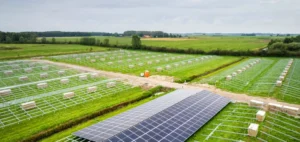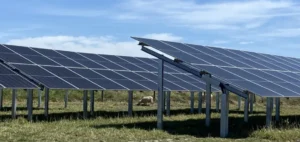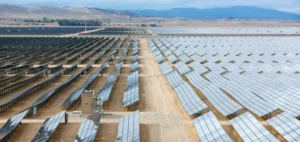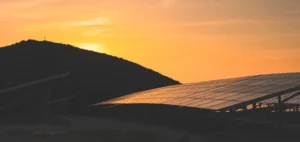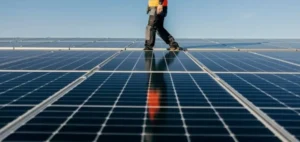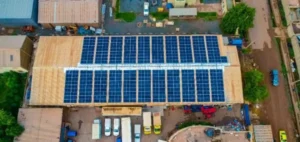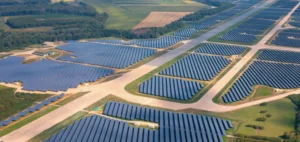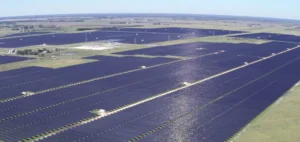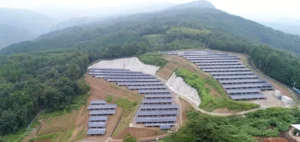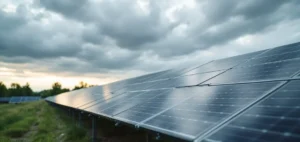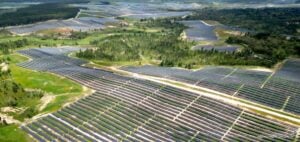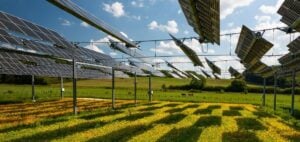The U.S. solar industry added 8.6 gigawatts (GW) of new module manufacturing capacity in the first quarter of 2025, marking its third-best quarter for industrial expansion, according to the U.S. Solar Market Insight Q2 2025 report published by the Solar Energy Industries Association (SEIA) and Wood Mackenzie.
Expanding factories in several key states
This growth stems from eight new or expanded manufacturing sites across Texas, Ohio, and Arizona. U.S. solar cell manufacturing capacity also doubled to reach 2 GW following the opening of a new facility in South Carolina. These developments are part of a broader effort to strengthen local production and energy independence.
In total, the U.S. added 10.8 GW of new solar electricity generation capacity during the quarter. Solar, combined with storage, now accounts for 82% of all new capacity added to the grid, further solidifying its role in the national energy mix.
Economic risks tied to fiscal and trade uncertainties
Despite this growth, concerns have emerged over fiscal measures passed by the House of Representatives that could heavily impact the industry. According to SEIA, the current legislation, if left unchanged, could render energy tax credits unusable and sharply slow the sector’s expansion.
Anti-dumping and countervailing duties (AD/CVD) imposed on cells and modules from Southeast Asia, along with potential rollbacks in federal tax incentives, are also cited as major factors that could impact investment and production.
Deployment forecasts show projected decline
The joint report from SEIA and Wood Mackenzie projects a decrease in solar installations over five years, with the exception of the community segment, which remains flat. Residential installations are expected to drop by 14%, while utility-scale projects show a 6% decline compared to the previous quarter.
An internal SEIA analysis suggests the legislation could result in the loss of 330,000 current and future jobs, the closure or non-opening of 331 factories, and the disappearance of $286bn in local investments. Electricity prices for consumers could rise by $51bn, with a projected drop of 173 terawatt-hours (TWh) in national power production.
Strategic states most affected
Texas led the country in added solar capacity during Q1, followed by Florida and California. Eight of the top ten states for new solar installations were also won by Donald Trump in the 2024 presidential election, according to the report. This geographical distribution raises the political stakes in the ongoing tax debate.
“The U.S. solar market has yet to reach its full potential,” said Zoë Gaston, Principal Analyst at Wood Mackenzie. “The proposed changes to tax incentives and tariff uncertainty could disrupt this momentum and pose a threat to energy security.”



